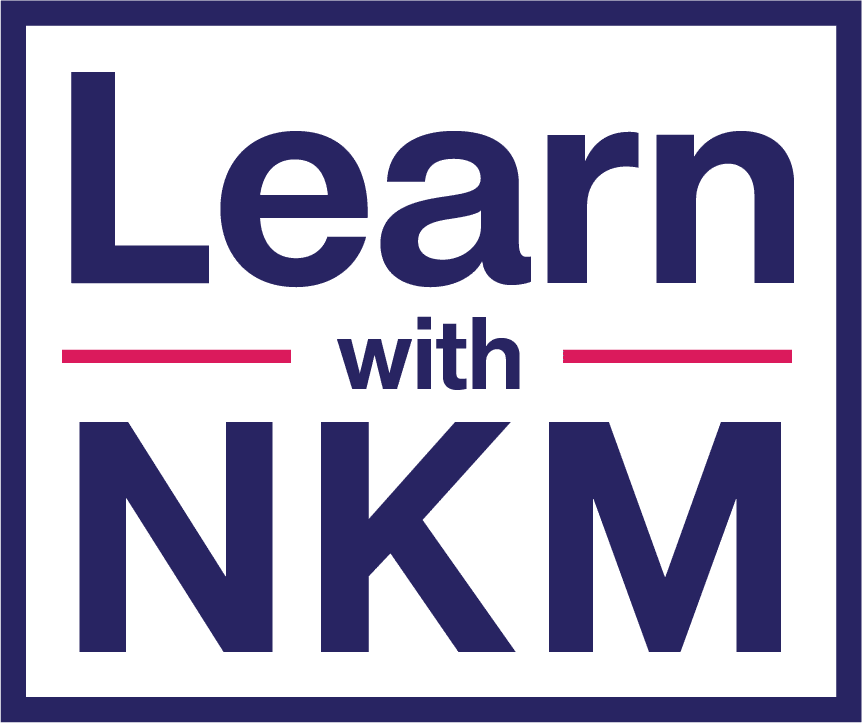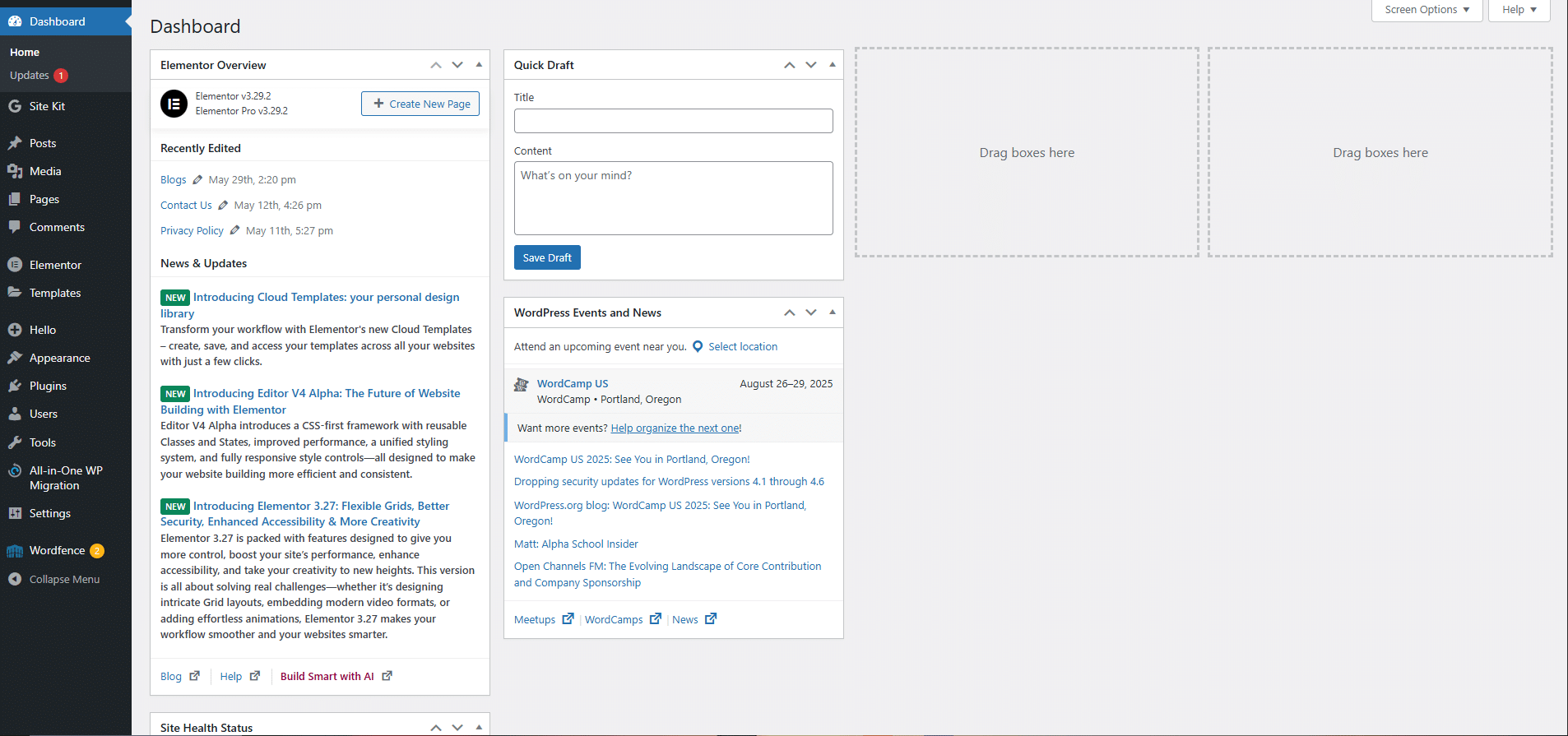Table of Contents
When I first started with WordPress Dashboard, the dashboard felt overwhelming. So many menus, settings and tools I didn’t know where to start. Fast forward a few years, I’ve built hundreds of websites, trained dozens of students and run two successful businesses, NKM Digital and Design IQ, all starting from that one login screen: the WordPress Dashboard. If you’re just starting out, this is where your journey begins too.
In this guide, I’ll help you understand everything about the WordPress dashboard from its layout and features to tips for customizing and using it like a pro.
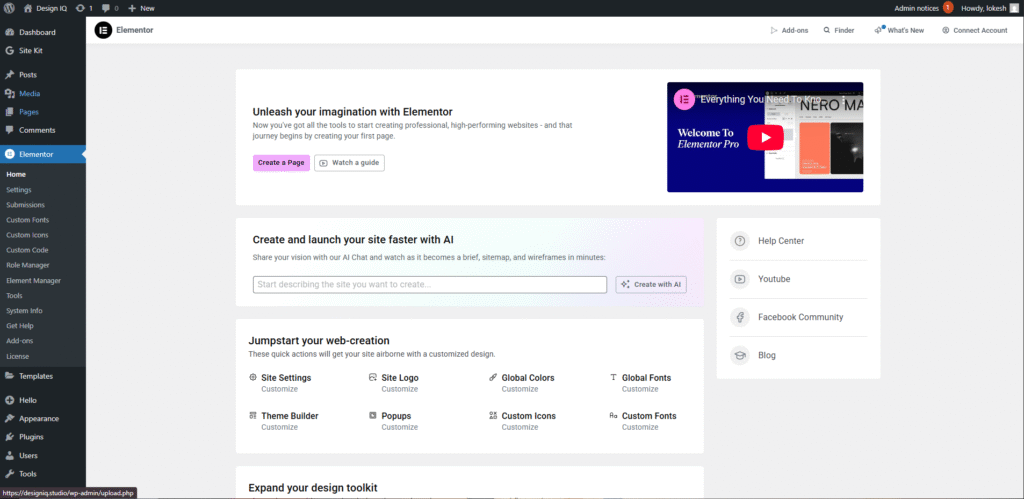
What is the WordPress Dashboard?
The WordPress dashboard is your website’s control center. Often called the WordPress admin panel or backend, it’s where you manage every aspect of your website: posts, pages, themes, plugins, users and more.
It’s the first screen you see after logging in and it gives you quick access to essential tools and notifications.
Think of it like your car’s dashboard. Just as your car’s dashboard lets you monitor and control your vehicle, the WordPress dashboard lets you oversee and operate your website.
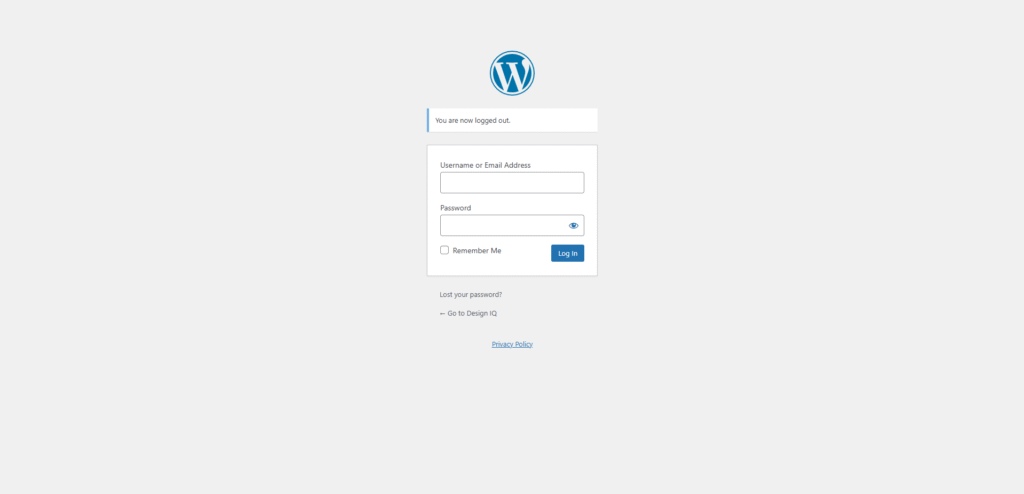
How to Access the WordPress Admin Panel
To access the WordPress admin panel, just add /wp-admin to your site URL. For example: https://yourwebsite.com/wp-admin Enter your username and password and you’ll land in the WordPress dashboard.
Tips for Secure Access
Use strong passwords Enable two factor authentication Change your login URL using plugins like WPS Hide Login Limit login attempts for better security
WordPress Dashboard Overview: Layout and Navigation
Once logged in, you’ll see the default WordPress dashboard overview. It includes:
1. Admin Toolbar
This appears at the top of every screen and offers quick access to:
- Visit site
- Updates
- New post/page/media
- Profile settings
2. Sidebar Menu
This is where the action happens. You’ll find options like:
- Dashboard (Home, Updates)
- Posts
- Media
- Pages
- Comments
- Appearance
- Plugins
- Users
- Tools
- Settings
3. Dashboard Widgets
These are boxes on the main screen with summaries and tools:
- At a Glance
- Activity
- Quick Draft
- WordPress Events and News
You can customize the display using the “Screen Options” at the top-right.
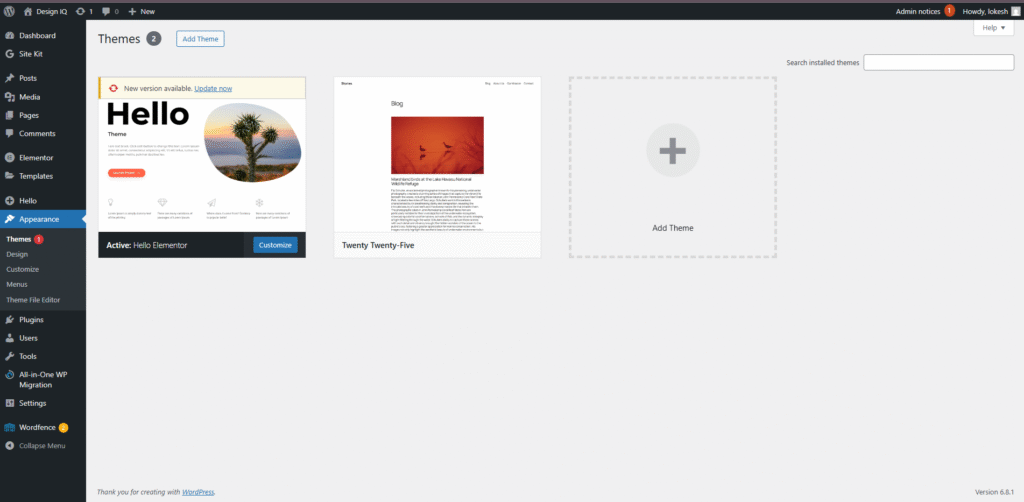
Understanding WordPress Dashboard Features
Let’s dive deeper into the primary WordPress dashboard features and what they do:
Posts Manage blog posts. You can:
- Add new posts
- Organize them using categories and tags
- Edit, trash or schedule posts
Pages Unlike posts, pages are static. Common examples:
- Home
- About
- Contact
Media Upload and manage images, videos, PDFs and other files in the Media Library.
Comments Manage user comments:
- Approve
- Reply
- Edit
- Delete
Appearance This section controls your website’s look:
- Themes
- Customizer
- Widgets
- Menus
- Theme File Editor
Plugins Extend your site’s functionality. Popular plugins include:
- Elementor (page builder)
- RankMath (SEO)
- WPForms (forms)
- WooCommerce (eCommerce)
Users Create and manage user accounts. Roles include:
- Administrator
- Editor
- Author
- Contributor
- Subscriber
Tools
- Import/Export content
- Site Health
- Data management tools
Settings Adjust core settings:
- Site title and tagline
- Time zone
- Permalinks
- Reading options
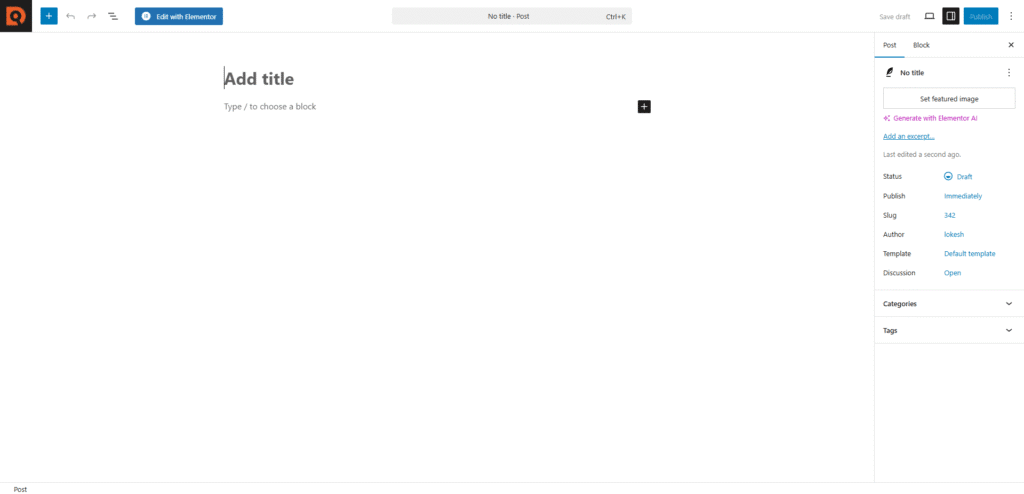
How to Use the WordPress Dashboard Effectively
Now that you know what the options do, here’s how to use the WordPress dashboard efficiently:
Creating a New Post or Page
- Click on “Posts > Add New” or “Pages > Add New”
- Use Gutenberg block editor to design your content
- Add title, content, images, categories and SEO data
Managing Media
- Go to “Media > Library”
- Upload or drag and drop files
- Edit image details: title, alt text, description
Changing Appearance
- Choose a new theme via “Appearance > Themes”
- Customize it using “Customize”
- Set homepage display (static or latest posts)
Moderating Comments
- Go to “Comments”
- Approve or delete spam
- Reply directly from the dashboard
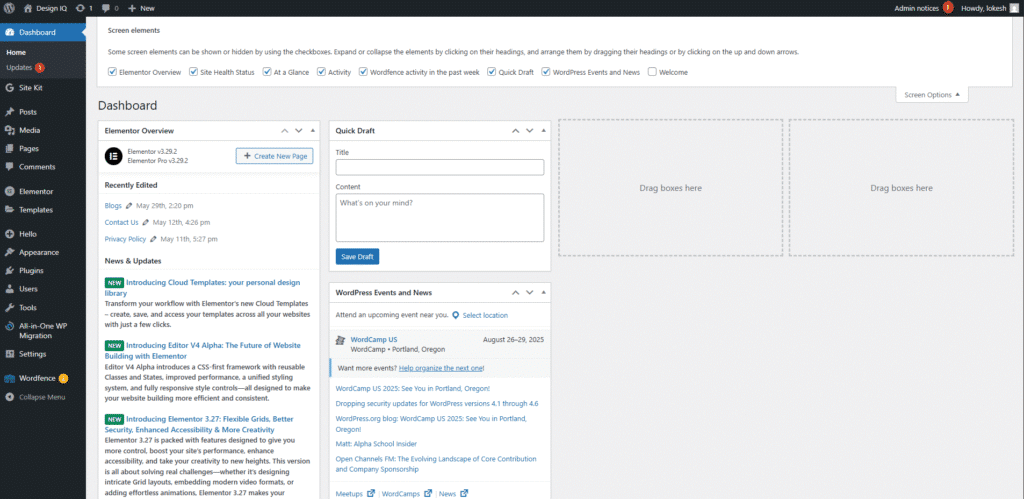
Customizing the WordPress Dashboard
Every business has unique needs and you can tailor the WordPress dashboard to match them.
Rearranging Dashboard Widgets
- Click “Screen Options”
- Uncheck boxes to hide widgets
- Drag widgets to reorder
Using Plugins to Customize Plugins like:
- Adminimize: Hide unnecessary menu items
- WP Admin UI Customize: Change dashboard design
- White Label CMS: Brand the dashboard for clients
Custom Menus and Shortcuts You can add shortcuts to frequently used pages or plugin settings using:
- Admin Menu Editor plugin
- Code snippets in functions.php
Tips to Navigate the WordPress Backend Like a Pro
Once you get comfortable with the WordPress backend, your productivity will skyrocket:
- Bookmark common admin URLs
- Use “Quick Edit” to make fast changes
- Use “Screen Options” and “Help” tabs
- Clean up unused plugins and themes
- Regularly update everything (WordPress, themes, plugins)
Common WordPress Dashboard Issues and Fixes
Can’t Log In?
- Check login URL
- Reset password via email or phpMyAdmin
- Disable conflicting plugins via FTP
Dashboard Not Loading Properly?
- Clear browser cache
- Deactivate plugins
- Switch to default theme temporarily
Menu Items Missing?
- User role limitations
- Plugin conflicts
- Custom code errors
Bonus: WordPress Dashboard Tools You Should Know
- Site Health Tool: Detects performance and security issues
- Activity Logs: Use plugins like WP Activity Log to monitor changes
- Export/Import Tools: Easily move content between sites
- Theme/Plugin Editors: For developers to tweak code directly
Final Thoughts
Why Mastering the WordPress Dashboard Matters Whether you’re a student, freelancer or business owner, understanding the WordPress dashboard is the first step toward success in the digital space.
At NKM Digital we’ve helped students who started with zero knowledge now run their own web agencies. At Design IQ our team manages dozens of client websites daily all through the dashboard.
It doesn’t matter if you’re launching a personal blog or building client sites. Your journey begins here.
Master the dashboard. Master your future.
